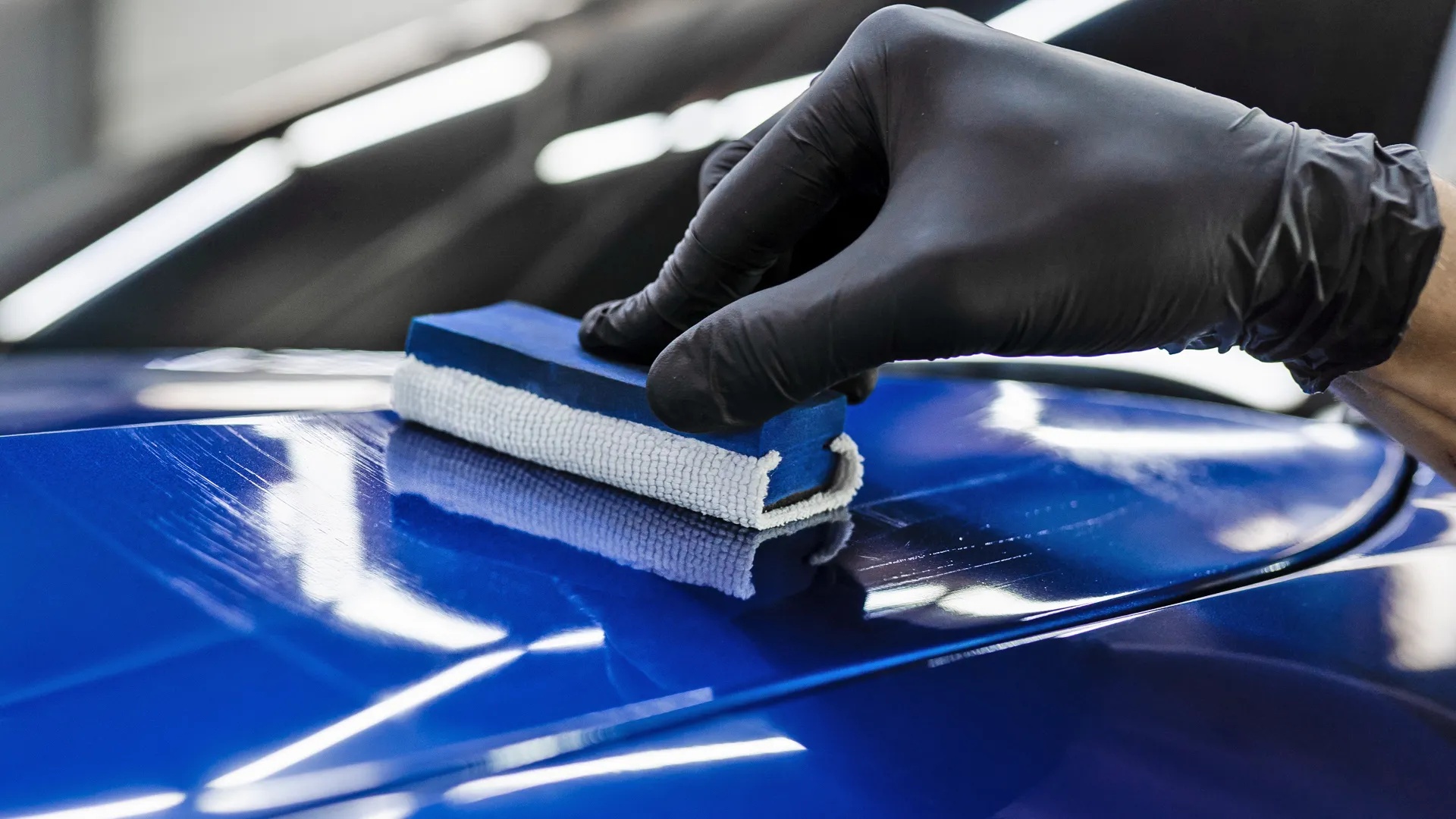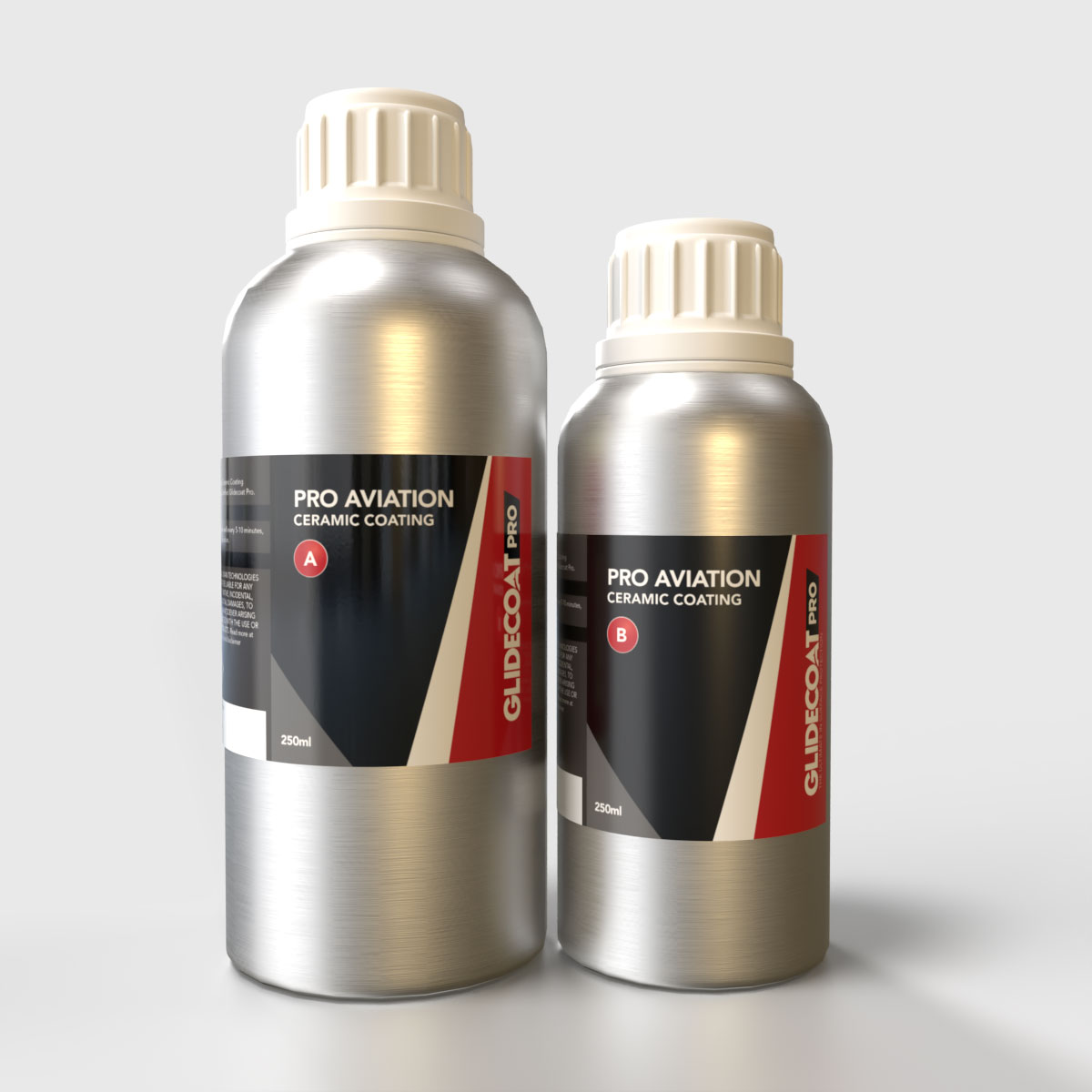Why Ceramic Coating Is the Ultimate Option for a Remarkable Finish
Ceramic coating has arised as a leading option for those looking for a remarkable surface for their automobiles, thanks to its amazing resilience and protective attributes. What variables really set ceramic coating apart?
What Is Ceramic Finish?

When used correctly, ceramic covering produces a hydrophobic surface area that repels water and dust, making it simpler to clean up and preserve. Unlike traditional waxes or sealers, which usually supply short-term defense, ceramic layers can last for several years, depending on the item quality and application approach. The process of using ceramic coating needs careful prep work, including comprehensive cleaning and often repaint modification, to make sure optimal bonding and effectiveness.
Ceramic layers are not restricted to vehicle surfaces; they can also be utilized on different products, consisting of glass, metal, and plastics, giving a functional remedy for improving security. Generally, ceramic finish represents a considerable development in surface area security innovation, combining both aesthetic and useful advantages for a large range of applications.
Advantages of Ceramic Layer
While several surface area protection alternatives exist, the benefits of ceramic layer stand out as a result of its special residential or commercial properties and durable performance. One of the main advantages is its exceptional durability. Ceramic Coating Philadelphia. Unlike conventional wax or sealers that require frequent reapplication, ceramic coatings give a resistant layer that can last for several years, dramatically minimizing upkeep efforts
Another significant advantage is enhanced protection versus environmental impurities. Ceramic layers develop a hydrophobic surface that repels water, dirt, and numerous pollutants, making it much easier to cleanse. This feature not only protects the car's appearance yet also decreases the risk of deterioration and oxidation, specifically in harsh weather.
Additionally, ceramic layers provide remarkable resistance to UV rays, avoiding fading and deterioration of paint over time. This UV protection is critical for keeping the aesthetic value of automobiles and surfaces exposed to route sunshine.
In addition, the glossy surface accomplished with ceramic layer enhances the overall aesthetic appeal, giving surface areas a showroom-quality sparkle. Generally, ceramic coatings represent a significant innovation in surface area security technology, providing long-lasting advantages that satisfy both visual and functional demands.
Exactly How It Works
Comprehending the science behind ceramic layers exposes how they give such remarkable defense and durability. At its core, a ceramic layer is a liquid polymer that chemically bonds with the car's manufacturing facility paint.
The application process includes several actions, including surface prep work, which is critical to achieving optimum adhesion. Once used, the finishing undertakes a curing process, throughout which it hardens and develops a semi-permanent bond with the paint surface. This bond is what identifies ceramic finishings from traditional waxes and sealants, giving a longer-lasting protective obstacle that can endure for years.
Additionally, the thickness of the coating can improve its protective high qualities, making certain that it can withstand extreme problems. Ultimately, the science of ceramic finishes check here incorporates advanced products with cutting-edge application strategies to deliver an unmatched degree of defense and visual enhancement for vehicles.
Comparison With Traditional Techniques
When compared to standard paint protection methods such as sealants and waxes,The advantages of ceramic finishes come to be especially evident. While waxes offer a temporary sparkle, typically lasting a couple of weeks to a number of months, ceramic coatings give a durable safety layer that can sustain for a number of years. This longevity significantly lowers the frequency of reapplication, making ceramic coverings a more economical option over time.
In addition, conventional techniques typically need extensive prep work and several applications to achieve a satisfying degree of defense. On the other hand, ceramic coverings bond at a molecular degree with the car's surface area, creating a robust guard versus environmental pollutants like UV rays, acid rain, and roadway salts. This bond improves the car's resistance to scrapes and swirl marks, which are common with conventional waxes and sealers.
Additionally, the hydrophobic residential or commercial properties of ceramic coverings repel water and dust, bring about simpler cleaning and maintenance. In comparison, wax and sealant-treated surfaces can draw in gunk, necessitating even more constant washing - Ceramic Coating Philadelphia. Generally, ceramic layers not only give exceptional defense but additionally supply a more visually appealing and long-lasting coating, developing them as the preferred option for critical automobile proprietors
Application and Maintenance Tips

Using a foam applicator, apply the finishing in tiny areas, complying with the manufacturer's standards relating to density and overlap. Allow sufficient healing time in between layers, commonly 24-hour, to make certain appropriate bonding. After application, it is important to prevent direct exposure try this web-site to water or severe components for at least a week to allow the coating to completely cure.
For directory maintenance, clean the lorry regularly with pH-balanced soaps and avoid unpleasant products. Touchless automobile washes are recommended to decrease scraping. Furthermore, utilizing a ceramic maintenance spray can boost the finishing's hydrophobic homes and durability. Normal assessments for any indications of wear will certainly help maintain the coating's integrity and protect that beautiful surface.
Conclusion
To conclude, ceramic finish emerges as a premium option for achieving a flawless auto finish. Its outstanding durability, protective high qualities, and hydrophobic residential or commercial properties considerably enhance the vehicle's appearance while streamlining upkeep efforts. By developing a durable bond with manufacturing facility paint, ceramic finish properly guards versus scratches, UV rays, and environmental contaminants. With a lifespan prolonging several years, this sophisticated service not just maintains but additionally boosts the total aesthetic appeal of automobiles, making it an economical financial investment for cars and truck lovers.
